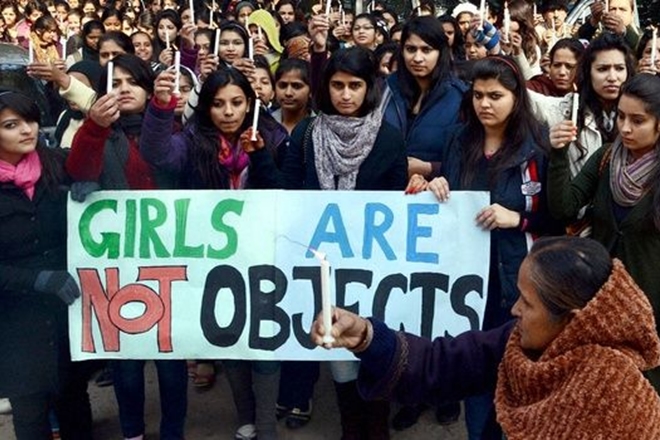

It does not store any personal data.Rioting and Affray- offences against public peace and tranquility The cookie is set by the GDPR Cookie Consent plugin and is used to store whether or not user has consented to the use of cookies. The cookie is used to store the user consent for the cookies in the category "Performance". This cookie is set by GDPR Cookie Consent plugin. The cookie is used to store the user consent for the cookies in the category "Other. The cookies is used to store the user consent for the cookies in the category "Necessary". The cookie is set by GDPR cookie consent to record the user consent for the cookies in the category "Functional". The cookie is used to store the user consent for the cookies in the category "Analytics". These cookies ensure basic functionalities and security features of the website, anonymously. Necessary cookies are absolutely essential for the website to function properly. (3) A riot is always for a private purpose, but the object of waging war is of general nature. (2) Riot is not such a serious offence as waging war and consequently the latter is more severely punished. (1) Riot is an offence which falls under offences against public tranquility, while waging war is an offence against the State. Two things are, therefore, necessary to convert a lawful assembly into a riot, viz., (a) the use of force or violence by an unlawful assembly or any member thereof and (b) such force or violence being used in prosecution of the common object of such assembly. It is only the use of force that distinguishes rioting from an unlawful assembly. Riot and Unlawful Assembly:Ī riot is an unlawful assembly in a particular state of activity, which activity is accompanied by the use of force or violence. The essential ingredients that constitute the offence of rioting are: (1) that the accused persons being five or more in number formed an unlawful assembly (2) that they were animated by a common object (3) that force or violence was used by the unlawful assembly or any member of it and (4) that such force was used in prosecution of the common object. Section 146 lies down that wherever force or violence is used by an unlawful assembly or by any member thereof in prosecution of the common object of such assembly, every member of such assembly is guilty of the offence of rioting. The assembly could not be designated as unlawful assembly if its object was to defend property by the use of force within the limits prescribed by law.


 0 kommentar(er)
0 kommentar(er)
